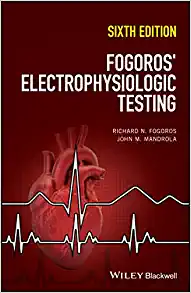Drugs for the Heart: Expert Consult – Online and Print, 8e 8th Edition
Drugs for the Heart presents highly portable, up-to-date information on every drug class used to treat cardiovascular disease. Drs. Lionel H. Opie and Bernard J. Gersh put the latest dosages, interactions, indications and contraindications, side effects, and more at your fingertips, equipping you to make effective clinical decisions on behalf of your patients
- Quickly check when to use each drug for any condition with the popular “Which Drug for Which Disease” chapter.
- Get expert advice from the practice-proven experience of two well-known editors who represent the best possible combination of clinical and research expertise in cardiovascular therapeutics.
- Expedite your reference with summaries of each drug class at the end of chapters.
- Carry it with you anywhere thanks to a highly compact, pocket-sized format.
- Navigate the latest pharmacologic advances through coverage of the newest drugs and drug classes, as well as all the latest clinical trial results and evidence used to treat heart disease.
- Effectively manage comorbid diseases.
- Apply international insights into cardiac drugs, thanks to new global contributors.
- Visualize key pharmacologic and physiologic actions thanks to dynamic new full-color drawings.
- Access the complete contents online at Expert Consult, with regular online updates posted by leading cardiologist, Dr. Opie.
Your purchase entitles you to access the web site until the next edition is published, or until the current edition is no longer offered for sale by Elsevier, whichever occurs first. If the next edition is published less than one year after your purchase, you will be entitled to online access for one year from your date of purchase. Elsevier reserves the right to offer a suitable replacement product (such as a downloadable or CD-ROM-based electronic version) should access to the web site be discontinued.


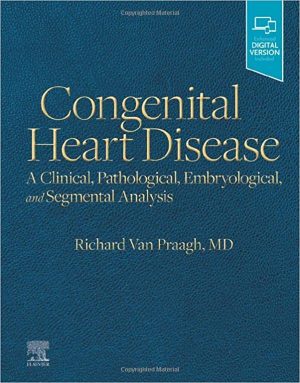
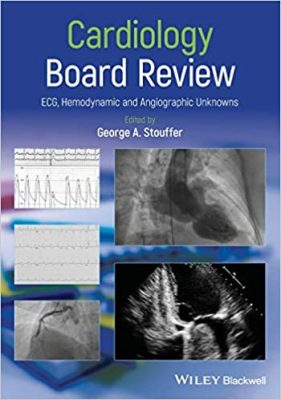
 For more than 30 years, the highly regarded Secrets Series® has provided students and practitioners in all areas of health care with concise, focused, and engaging resources for quick reference and exam review. Cardiology Secrets, 6th Edition, offers practical, up-to-date coverage of the full range of essential topics in this dynamic field. This highly regarded resource features the Secrets’ popular question-and-answer format that also includes lists, tables, pearls, memory aids, and an easy-to-read style – making inquiry, reference, and review quick, easy, and enjoyable.
For more than 30 years, the highly regarded Secrets Series® has provided students and practitioners in all areas of health care with concise, focused, and engaging resources for quick reference and exam review. Cardiology Secrets, 6th Edition, offers practical, up-to-date coverage of the full range of essential topics in this dynamic field. This highly regarded resource features the Secrets’ popular question-and-answer format that also includes lists, tables, pearls, memory aids, and an easy-to-read style – making inquiry, reference, and review quick, easy, and enjoyable.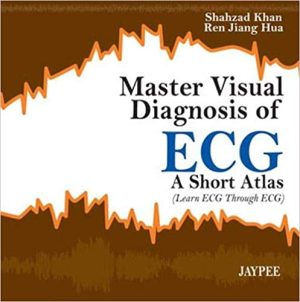
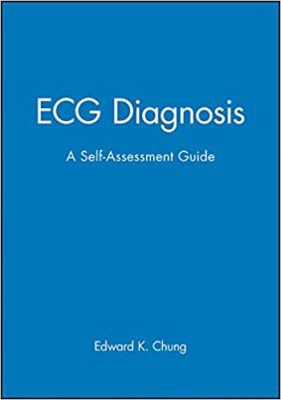

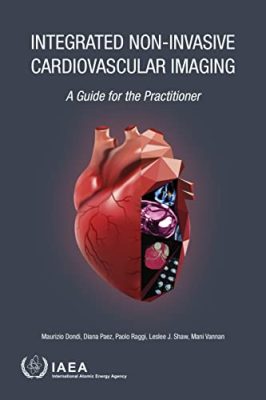
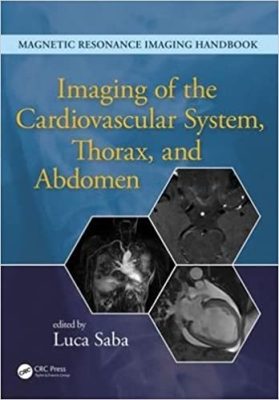 Magnetic resonance imaging (MRI) is a technique used in biomedical imaging and radiology to visualize internal structures of the body. Because MRI provides excellent contrast between different soft tissues, the technique is especially useful for diagnosticimaging of the brain, muscles, and heart.
Magnetic resonance imaging (MRI) is a technique used in biomedical imaging and radiology to visualize internal structures of the body. Because MRI provides excellent contrast between different soft tissues, the technique is especially useful for diagnosticimaging of the brain, muscles, and heart.
